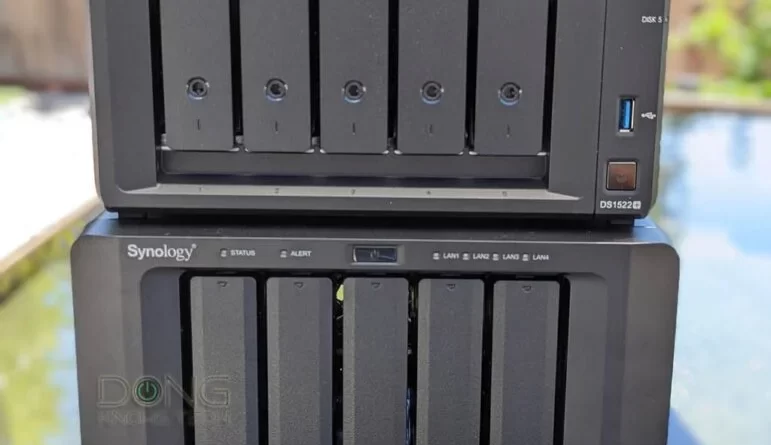Most Common Methods to Secure Synology NAS Hassle-Free
Many people are concerned about the security of Synology NAS. The fear is not letting them connect to Synology. In case you are amongst them, then this is the right article for you. The reason being, here we have mentioned every way through which you can secure Synology NAS, and that too in a hassle-free manner. Prior to reading further, you should know that DSM has launched a new feature for Synology NAS. It is called a Security Advisor.
This feature is known for various tasks. For example, it scans the overall configuration of your NAS. Not only this, but it also provides a detailed report on its security status. At last, the Advisor feature will show you how any identified security risks can be managed easily. Continue reading this guide and learn how you can secure your Synology NAS in a flash.
How to Secure Synology NAS with Ease?
1. Run a Security Scan
An attempt to secure your Synology NAS that you can make is to run a security scan. This can be done if you open the Security Advisor. Once you do, you will be prompted to answer what you are using the NAS for. You can either pick Home or Work depending on the reason for which you are actually using it and click the Start button. By the way, this setting can be changed later if you access the advanced page.
Soon the Advisor will start scanning the configuration of the Synology NAS. Now, you can easily view the scan progress, results summary, and the security status on the Overview page. As soon as the scan is completed, the result for every category that we just mentioned will come into view. You will be provided with any security risk findings.
2. View Security Report
Another thing that the Security Advisor feature will help you to do is view detailed information of the finished scan on a report-to-report basis. For this, you ought to click the View Results button on the same page as the previous option. It is called Overview. Click twice in a rapid motion on any security rule that you would like in order to gain access to the detailed report. Information regarding Severity, Details, and Description will appear.
Along with Severity, Details, and Description, you will find that the Recommended Action option has also come into view for each security rule. After reading this information provided, you need to take a look at an example of a failed security rule. Once done, walk through the instructions on how to manage it.
3. Manage Security Risk
After some time, the Security Advisory will detect or identify whatever you would like to call it the potential security risks for any failed security rule. For example, the Security Advisor might detect that the Auto Block is disabled. Click on it to view the Recommended Action and learn how you can manage this security risk. Click the Open button to get to the corresponding settings page. Now, you need to again click the Recommended Action.
On the Results page, you need to rescan the failed security rule. This can be done if you select the rule and hit Scan. Chances are that no security risks will be detected. The advisor will continue to help you in identifying the risks and provide you with the action. Once you have secured your device, you can try to find my Synology and manage its settings.
In Conclusion
Here ends the article discussing the topmost technique that can be used to secure Synology NAS in a hassle-free manner. Now, you do not have to worry about the security of the NAS getting compromised because of any unauthorized user or reason. In case the information provided above assisted you well, then you should not shy away from sharing your feedback with your fellow readers using the comment section.
You simply have to insert what is on your mind in the form of words and hit the Enter key located on the keyboard of your client device. Now, you need to hold on for a couple of seconds as it might take some time for your comment to appear in the section. We are expecting that your fellow readers might like the effort.



